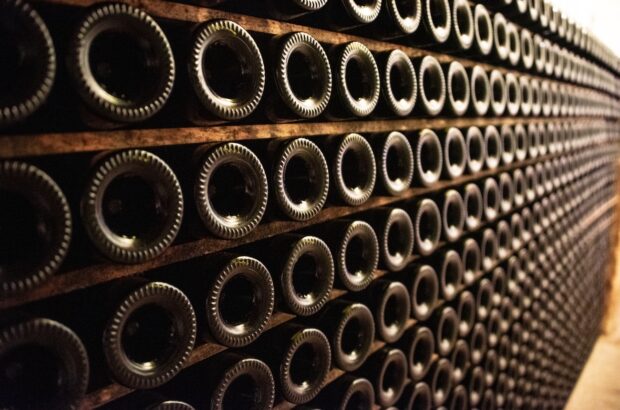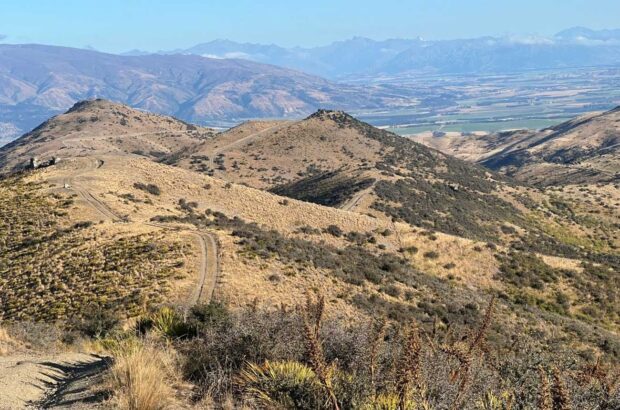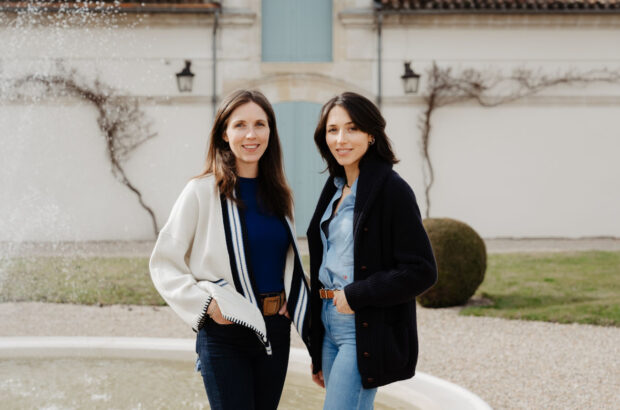What makes this a wine legend...?
Wine Legend: Domaine de la Romanée-Conti, La Tâche 1978, Vosne-Romanée, Burgundy, France
Number of bottles produced 23,710
Composition 100% Pinot Noir
Yield (hl/ha) 29.3 hl/ha
Alcohol content 13%
Release price 476 Francs a bottle (£240 today)
Auction price today £4,030-£4,080 a bottle
A legend because…
Next to Domaine de la Romanée-Conti’s Romanée Conti and (in some eyes) Musigny, La Tâche the greatest of Burgundy‘s grands crus, many preferring the lavish, sensuous La Tâche to the more restrained Romanée-Conti. When Michael Broadbent tasted this wine in 1983, he singled it out for one of his rare ‘Six Star’ ratings, the usual maximum being five.
Looking back
DRC is jointly owned by two families, the Leroys and the de Villaines, and from 1974 onwards, Aubert de Villaine shared the management with Lalou Bize-Leroy. The winemaker was André Noblet, succeeded by his son Bernard. The 1970s were, it is generally agreed, far from the finest decade in DRC’s history, but it bounced back in 1978 with a range of exceptional wines. By now de Villaine was already paying meticulous attention to the domaine’s great vineyards, a more crucial factor in the wines’ splendour than any winery wizardry.
The vintage
1978 was the finest vintage of the decade, though most of the growing season was awful. Cold weather in spring and early summer led to a late flowering, which signalled a late vintage. It was only in August that fine weather returned, and fortunately conditions remained benign through the autumn, allowing the fruit to attain full ripeness. But it was a slow process. De Villaine recalls: ‘It was sunny every day, but the nights were fresh. Many estates began the harvest on 11 October, but we allowed the bunches to simmer in ideal conditions until 16 October, and then we harvested in a week.’
The terroir
The vineyard lies on a slope, steep at the top, just above the village, with the Richebourg, La Grande Rue and Romanée-Conti grands crus for neighbours. It is 6.06ha, well-drained, and the average age of the vines is well over 50 years. Geologically, it’s complex, with a topsoil of varying depth over limestone, yet there is no significant difference in ripening patterns between the top and bottom of the slope. It gives a wine that shows well young, but continues to evolve and gain in complexity and density as it ages. It can develop truffley aromas, and great sensuality on the palate. It is also very consistent and produces excellent wines even in difficult vintages.
The wine
The policy of DRC is not to destem, and this would have been the case in a ripe year like 1978. As with other DRC wines, the must was fermented in open-top wooden vats with initial pumpovers and regular punchdowns. After pressing, it was decided how much, if any, press wine to add, and then the wine would have been aged in new oak with little if any racking. In 1978 the wine would have been bottled directly from the barrel, a practice halted in 1985. This could account for slight variations between different lots, although the critical reaction to the vintage was uniformly positive.
The reaction
De Villaine recalls the young wines were aromatically lively with supple tannins, guaranteeing a long life - ‘it is still youthful today.’ After lavishing praise on the wine in 1983, Broadbent was still enthusiastic in 2000: ‘If Romanée-Conti is Beethoven, for me La Tâche is Tchaikovsky; dramatic, opulent. Shapely and slender, flowery but firm, gloriously well evolved by the late 1990s, with an almost tsunami-like surge of fragrance and flavour.’
In 1994, Burgundy specialist Clive Coates MW found the wine ‘full, fat, very concentrated and old-viney’, with ‘marvellously intense fruit’. Bill Nanson (Burgundy-report.com) reported in 2005: ‘Wonderful effects on the inside of your mouth – fireworks certainly - quite rich, with a finish that defies reason.’ In 2008, Allen Meadows (Burghound.com) found the wine to be just past its peak: ‘The flavours remain the concentrated, sweet, very rich essence of mature Burgundy with superb length and depth though it no longer possesses the detail and finesse it once did’.
More Wine Legends:

Wine Legend: Domaine Rousseau 1993
Though there are other domaines with important holdings in Chambertin, Rousseau is widely regarded as the supreme...

Wine Legend: E Guigal, La Mouline, Côte-Rôtie 1969
What makes it a wine legend...?

Wine Legend: Ridge California Cabernet Sauvignon 1970
Why it makes our hall of wine fame...

Wine legend: Pingus 1995
Why it makes the Decanter hall of fame...

Wine Legend: Krug 1928
Why it makes the Decanter hall of fame...

Wine Legend: Taylor’s Vintage Port 1927, Douro, Portugal
What makes it a wine legend...?

Wine Legend: Zind-Humbrecht, Clos St-Urbain Pinot Gris SGN 1989
What makes it a wine legend?

Wine Legend: Château Montrose 1990
What makes Château Montrose 1990 a worthy wine legend...

Wine Legend: Kanonkop Pinotage 1995
Why it makes the Decanter hall of fame...

Wine Legend: Dom Pérignon 1975
What makes Dom Pérignon 1975 a wine legend...?

Wine Legend: Meerlust, Rubicon 1995
This ancient property was one of the first in South Africa to offer a high-quality Bordeaux-style blend

Wine legend: Chateau Montelena 1973







